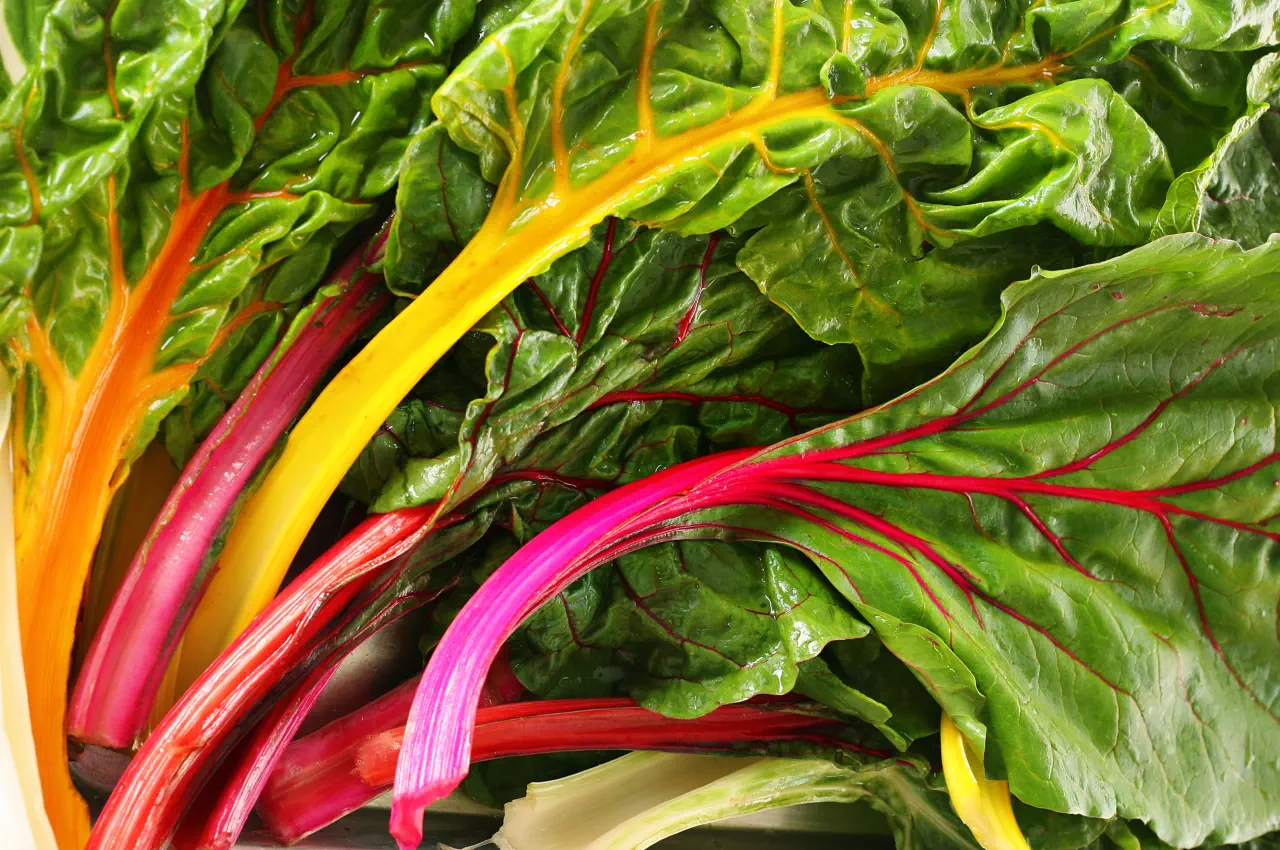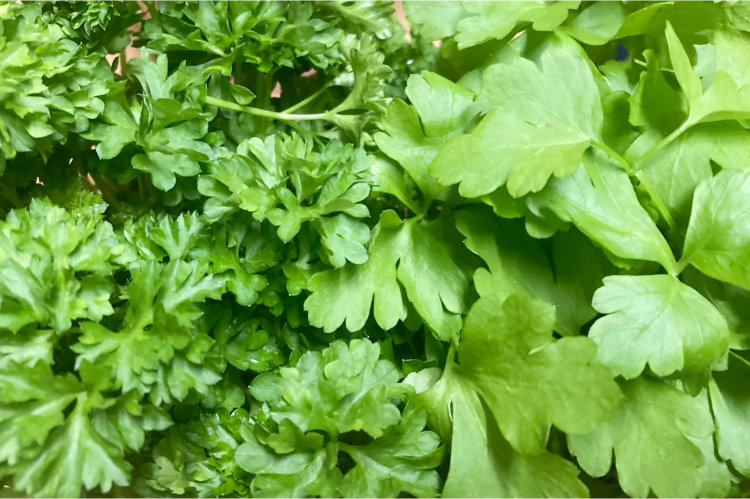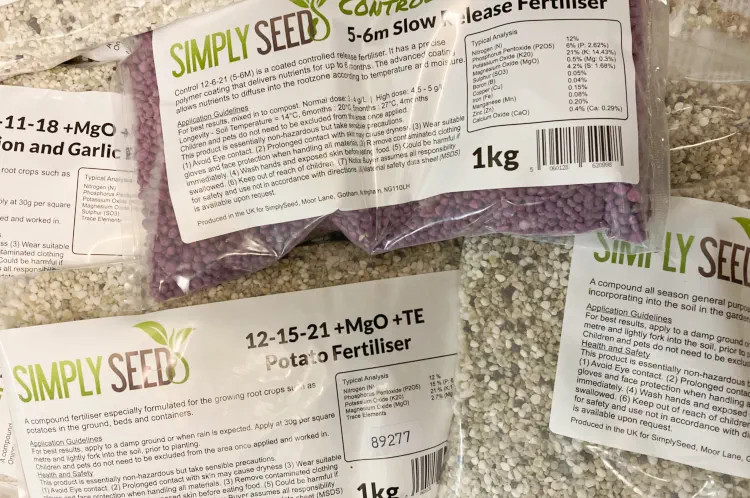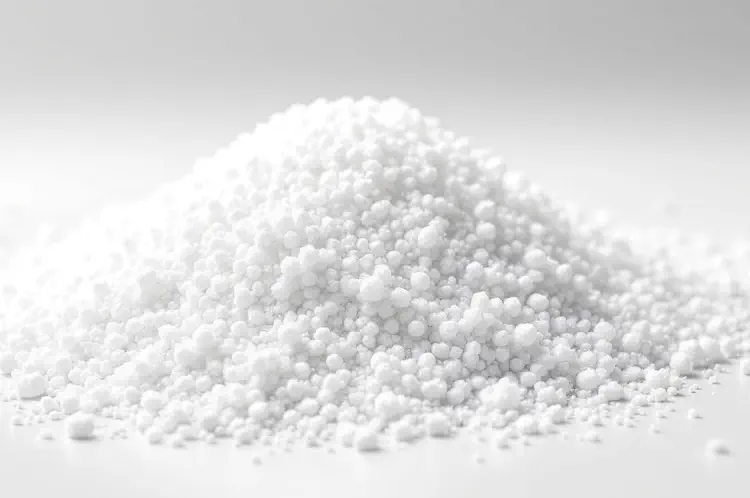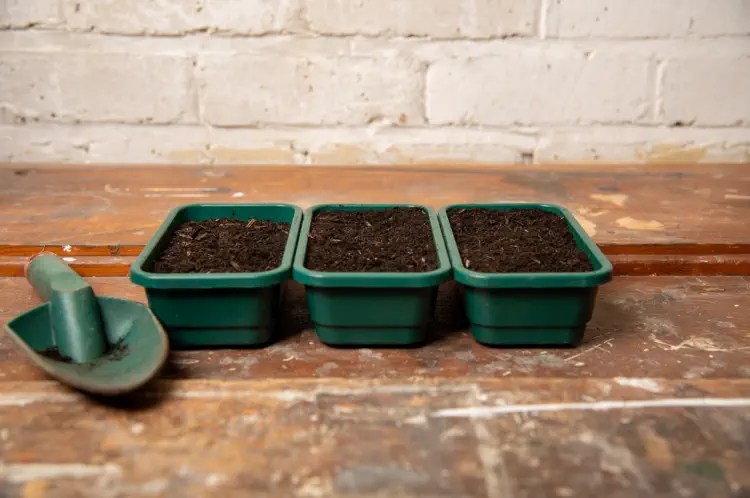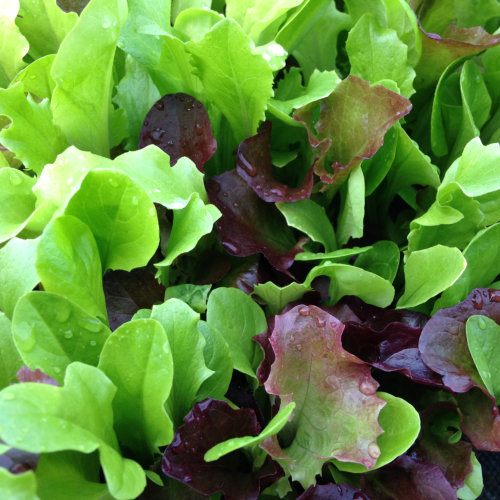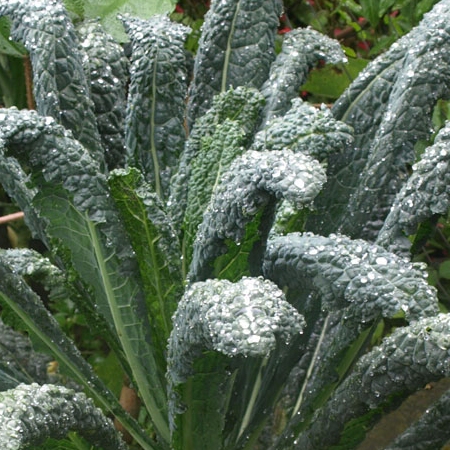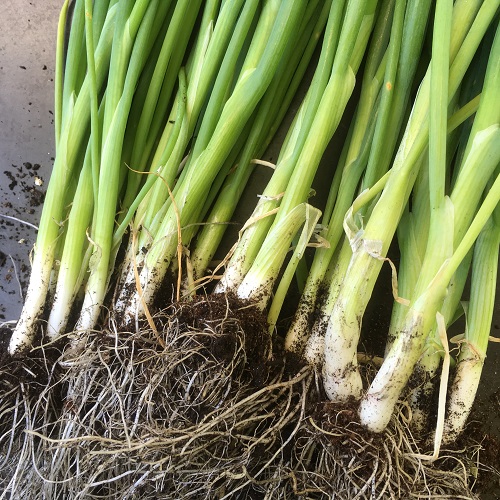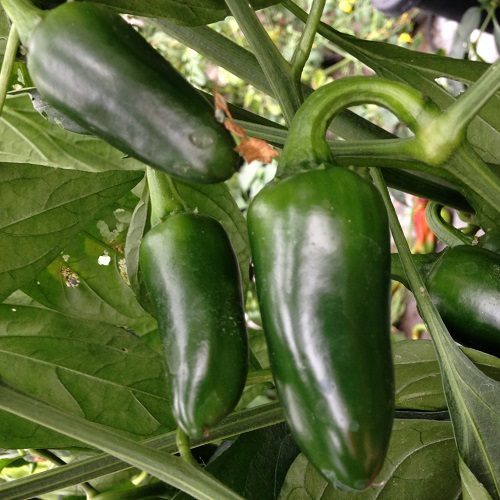Rainbow chard is very easy to grow, looks great with its multi-coloured range of stems and tastes delicious. The variety ‘Bright Lights’, is particularly striking in that it produces plants with a range of vibrant coloured stems in various shades of red, yellow and orange. These plants look right at home in herbaceous borders or anywhere in the garden that needs literally brightening up.
However, they are generally grown for culinary use. The fresh crinkly, edible leaves can be picked when young and used in salads dishes. Larger leaves can be cooked and served like spinach or the leaves can be cooked by steaming. There are a wide number of recipes available for cooking chard.
If looks and taste are not enough, chard also has some powerful medicinal properties. These highly nutritious plants are known to provide essential vitamins A, C and K and many other trace elements plus it is anti-inflammatory. The leaves also contain a high level of nitrates, which are known to reduce blood pressure, and alpha-lipoic acid, which is known to control blood sugar levels.
Seed sowing
Seeds can be sown indoors, in a greenhouse in March and April to give the plants a head start. You can sow the seed clusters 2cm deep in pots or modular trays of damp seed compost at the rate of one per pot or module. Each cluster will produce 3-5 seedlings, so you will need to reduce these to one healthy plant. Ensure the pots or trays do not dry out. Germination takes 5-7 days.
Alternatively, you can sow directly outdoors into well prepared seed beds from April to July. Create a furrow around 2cm deep and sow the seeds thinly. Cover with fine soil and water with a watering can and fine rose attachment. Thin the emerging seedlings to 30cm apart for large plants, much less if growing for cut and come again baby leaves.
Growing in containers
Rainbow chard will grow well in containers of fertile soil or compost and the plants looks great placed on a sunny patio. Plants that have been grown under cover can be transplanted to containers from May onwards or when all danger of frost has passed. It’s always a good idea to acclimatise (harden off) plants that are grown under cover as they will be tender and susceptible to frost and wind damage.
Chard like to be positioned in full sun or partial shade but must be kept watered during dry weather. A liquid fertiliser feed can be applied every 2 weeks to ensure the plants grow strong and healthy.
Growing in beds
If growing outdoors in beds, borders or the kitchen garden plot, then ensure the area has been well prepared previously by incorporating plenty of organic matter. This task is always best carried out at least 2 months before planting. You can transplant pot or modular grown plants to their permanent positions during May at 30cm apart, ensuring they are well watered in. Pot grown plants will establish quicker than plants sown directly into the soil and will be ready for harvesting sooner.
Seedlings that have been grown in drills or furrows will need to be thinned out to 30cm apart and 30cm between rows. It’s advisable not to pull the unwanted seedlings but rather nip them at ground level so that the roots of remaining seedlings are not disturbed. The application of a mulch will aid the young plants by conserving moisture and keeping the area free of weeds. Water regularly and apply a liquid feed every 2 weeks.
General aftercare
Rainbow chard produce leaves with large surface areas and can therefore lose moisture quickly during hot, sunny days. Regular watering is important in order to keep the leaves soft and fresh. Remove any yellowing leaves and stems as they appear, which will normally be the outer leaves. Keep beds weed free by hoeing or hand weeding as weeds can attract aphids and other pests.
Applying a mulch around the base of plants can help with both conserving moisture and with weed control. Adding a liquid feed to the watering routine at 2 weekly intervals will also help plants grow strong and healthy. Rainbow chard is very slow to bolt (go to seed) so you could be tending your plants throughout the whole summer months.
Pests and diseases
Rainbow chard are generally trouble free, which makes them a popular choice with many gardeners. However, a problem which can occur in the early stages of a seedling’s life is birds. When the seedlings are just a few centimetres high they make a tasty treat for all kinds of birds so you might want to place netting over them to protect them.
If plants are too close there is a danger of grey mould or downy mildew infection, which will damage or kill the plants. This can be more of a problem when growing plants closely for cut and come again for salads. To avoid this sow thinly during warm conditions. If any parts of the plant show signs of infection then best remove them immediately.
Flea beetles can sometimes be a problem, especially with young plants. If small holes appear on the leaves then it’s likely the work of the flea beetle. To prevent an attack, plants can be protected by the use of cloches until they are growing freely. Large established plants are less likely to be a target.
Harvesting and storage
For a continuous fresh supply of leaves for salads, pick young leaves regularly to encourage new growth. Just one or two crops will keep the supply coming all through the summer months and well into the autumn. For cooking, large leaves can be harvested at any time but again the more you pick the more you will get. It’s best to cut through the stems cleanly with a sharp knife, leaving a few centimetres of stem in the ground, and working your way from the outside inwards.
Rainbow chard can be frozen for up to a year if first blanched and then packed in airtight bags.
Share your Rainbow Chard growing hints and tips? Let us know with a comment below....
All blog content on this page is copyright of SimplySeed and is not to be reproduced without prior written permission. ©

